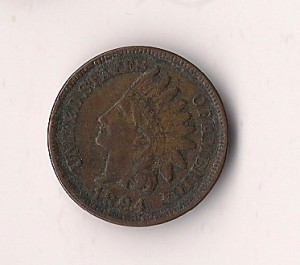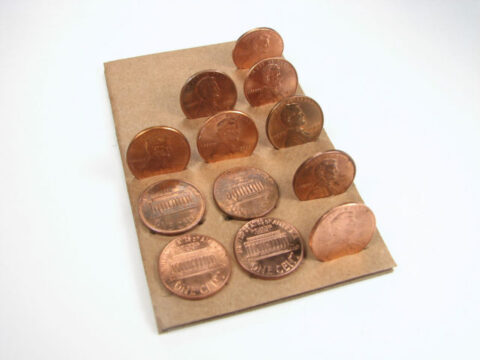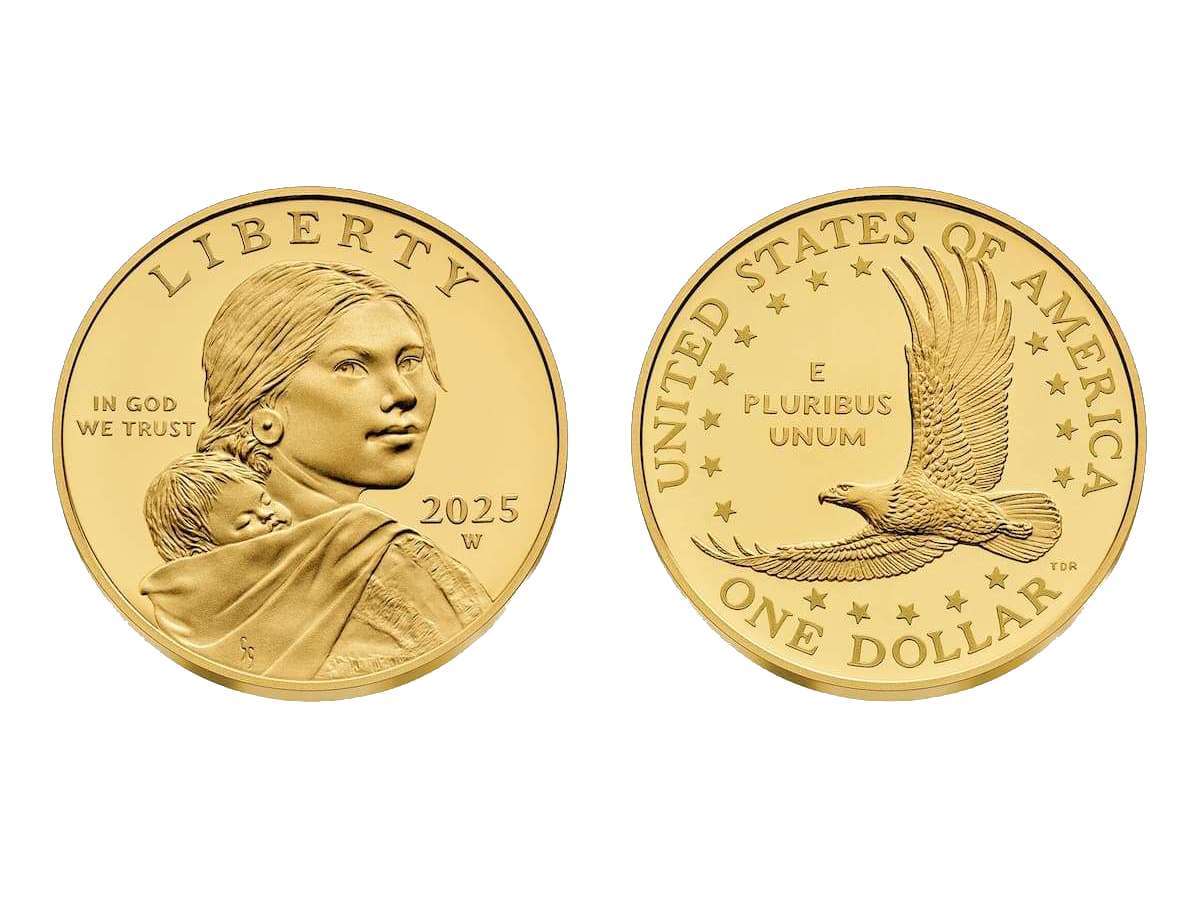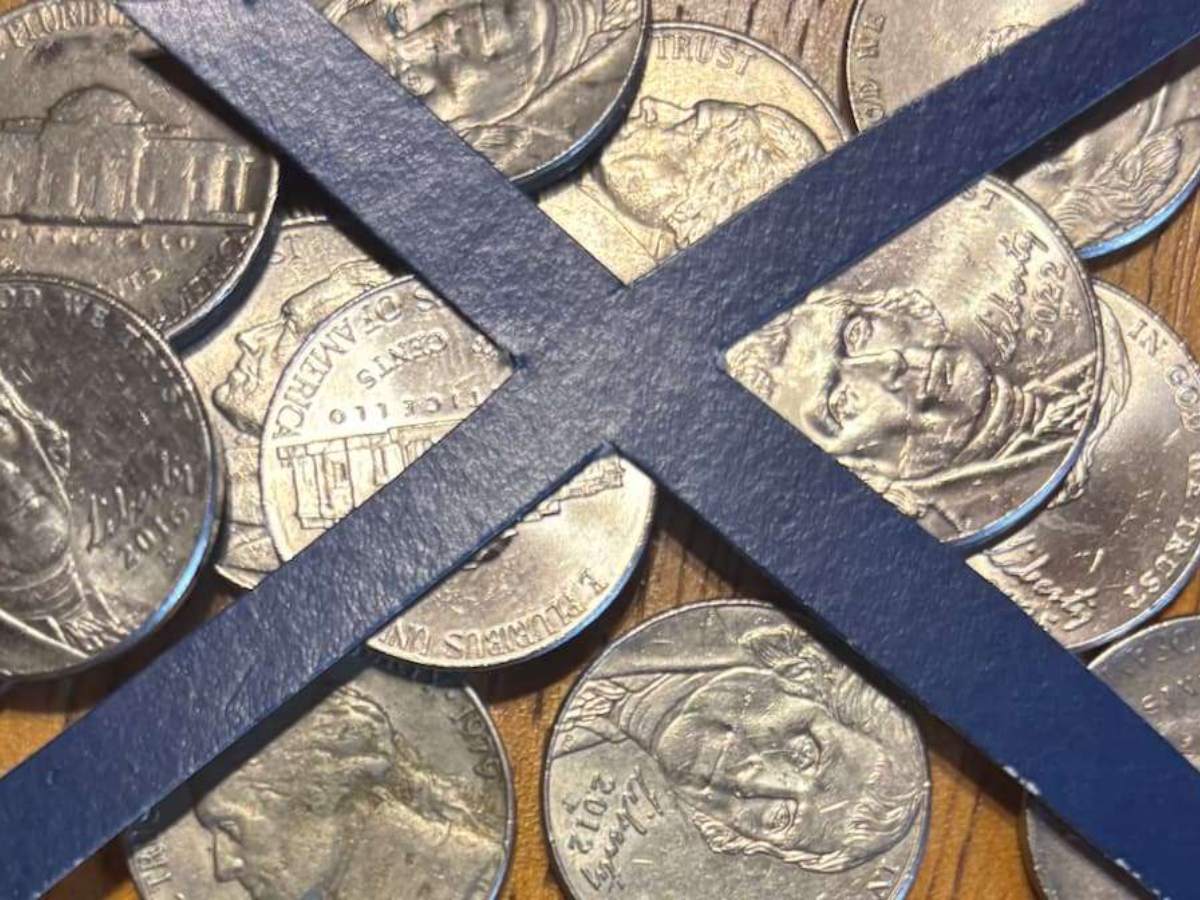If you’re like me, you probably have a big jar of old pennies you’ve been saving and you aren’t quite sure what to do with them.
Wondering if you have any valuable old pennies in that jar? Do you know which ones you should save and not spend?
I can tell you exactly which old pennies you should keep, and which coins you don’t need to worry about saving any longer.
I started collecting pennies in 1992 and have learned all about which ones are the most valuable.
There are even some that may not necessarily be worth a pretty penny, but are certainly worth more than just 1 cent.
What Are “Old Pennies” Anyway?
I get a lot of correspondence here at The Fun Times Guide from people who have saved pennies from the 1950s, 1960s, 1970s, and 1980s — and tons of inquiries from people with one-cent coins from the 1940s and earlier.

Certainly, I think just about everyone would consider Indian Head pennies old, so I won’t spend much time discussing them here. Just know that Indian Head pennies are all valuable (almost always worth $1 and up) and they’re certainly old. They’re antique coins, technically.
But what other pennies are considered “old,” and which ones are worth saving?
I’ve written at length about the values of old coins, especially Lincoln cents. Not only are these one of my favorite U.S. coins, but they’re also one of the most commonly recognized and collected coins in the world. Yes, really!
Among Lincoln cents, determining which ones are “old” really depends on your viewpoint as a coin collector. Here’s a look at the different “eras” of Lincoln cents and what they’re worth:
- Lincoln pennies made before 1959 feature 2 wheat stalks on the reverse (or “tails” side). These wheat pennies are all considered obsolete, they don’t turn up very often in circulation these days, and they’re all worth about 3 cents or more.
- Lincoln pennies struck between 1959 and 1982 feature the more frequently encountered Lincoln Memorial design on the reverse and were made from brass. While these copper pennies are very common, they’re worth about 2 cents each for their copper value.
- Lincoln pennies made from 1982 to 2008 have the Lincoln Memorial design on the reverse but were made from a primarily zinc composition. These Zincoln pennies are worth only face value, unless they’re in pristine mint condition, have an error, or feature a valuable die variety (such as a doubled die).
- Lincoln pennies made during 2009 have 4 different reverse designs chronicling Abraham Lincoln’s life from his childhood to presidency. While these coins are certainly interesting, none are worth more than face value if they’re worn.
- Lincoln pennies made since 2010 feature the Union shield on the reverse. These are the current design and — barring any errors — die varieties (or pristine uncirculated specimens) are worth face value.
So, there’s the basic rundown of the different categories of Lincoln cents, the years they were made, and what they tend to be worth.
But before I go any further, let me tell you about 2 other types of Lincoln pennies that readers often ask about:

- 1982 Lincoln Cents — A lot of readers have heard that there’s something “special” about 1982 pennies but aren’t sure what they should be looking for. In 1982, the U.S. Mint changed the composition of the penny from mainly brass to nearly all zinc. The Mint also changed the size of the date on the coin. You can distinguish 1982 copper cents from zinc ones by weighing them. Brass cents weigh 3.11 grams, whereas zinc pennies come in at just 2.5 grams. If you don’t have a coin scale that can measure weights in such small increments as tenths or hundredths of a gram, you can also (carefully) drop 1982 cents on a hard surface. Copper pennies ring after being dropped; zinc cents make a dull thud. Copper 1982 cents are worth 2 cents each and zinc cents, if worn, are worth face value.
Oh, and one last thing before I roll on. If you’ve got a silvery penny that is NOT a 1943 penny, be sure to check out this post.
Keeping Old Pennies
So, after looking at the info above, what do you think old pennies are? There really isn’t a right or wrong answer.
Some people think any coin made before 1960 is old. Some Jefferson five-cent coins made during the 1940s were made of silver. In the case of dimes and quarters, all bearing dates before 1965 contain silver. For circulating half dollars, the silver cutoff date is anything before 1971.
I also know of many people who think any coin made before the year of their birth is “old.”
As for me, I’ve been keeping all copper pennies made before 1982 because those are the ones that contain a mainly copper composition. However, I have a separate place for keeping the 1959 through 1981 copper Lincoln Memorial cents and another storage device for saving my wheat pennies.
At the end of the day, my definition of an old penny is subjective and relative, but what is important is knowing how much your pennies are worth.
Basically, just remember these tips…
- You should keep all pre-1982 pennies.
- If you can distinguish between 1982 brass and zinc pennies, keep the brass ones.
- All wheat pennies are worth keeping.
- Keep all pennies (even recent ones) that appear to have something “off” about them — they may be error or die variety coins.
- Hang on to anything else that interests you personally, even if I didn’t include it in this post.
Hopefully this gives you a better idea about the value of your old pennies and which ones to hold onto.
As always, if you have any questions about coins, be sure to drop me a line below!






